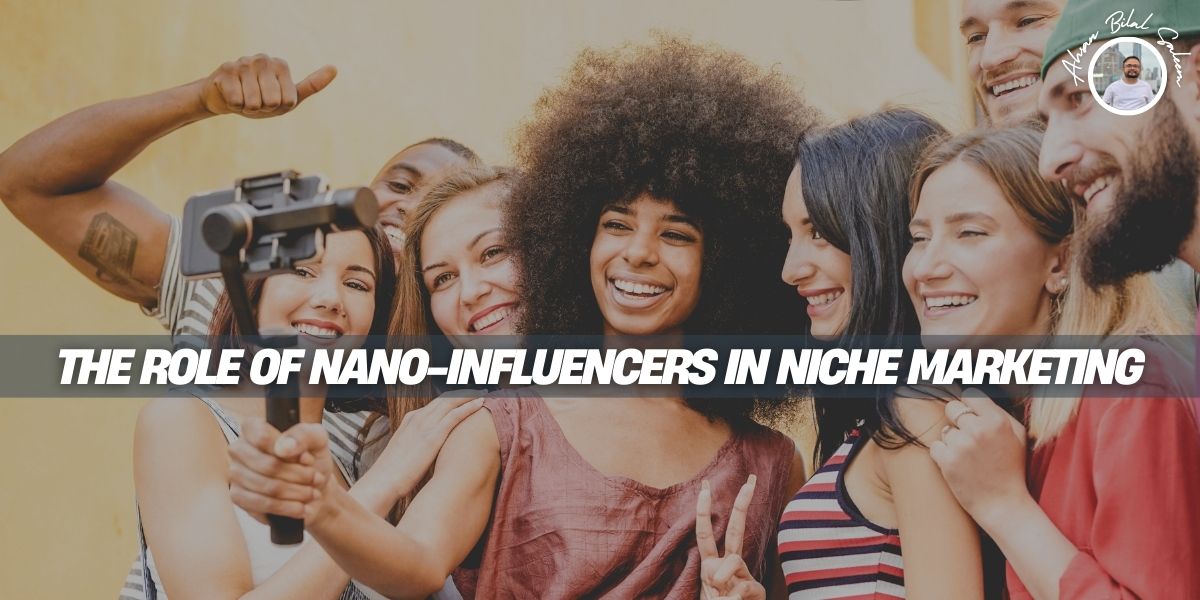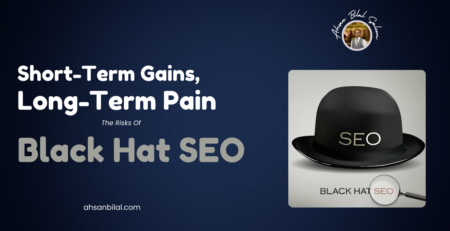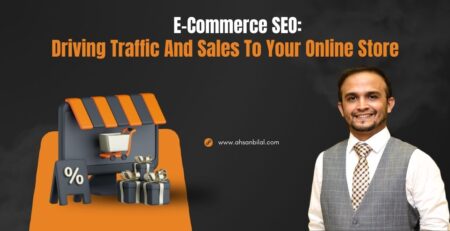The Role of Nano-Influencers in Niche Marketing
Introduction
In the evolving world of digital marketing, nano-influencers in niche marketing have emerged as a powerful tool for brands to reach their target audiences. While mega and macro-influencers have dominated the landscape for years, a new category of influencers is proving to be just as, if not more, effective—nano-influencers. These individuals have smaller but highly engaged audiences, making them a valuable asset in niche marketing. As businesses seek more authentic and targeted ways to connect with consumers, nano-influencers in niche marketing are playing a crucial role in driving engagement, trust, and conversions.
Who Are Nano-Influencers?
Nano-influencers are social media users with follower counts ranging from 1,000 to 10,000. Unlike celebrity influencers, they are everyday people who have built small but loyal communities around specific interests. Their followers tend to be friends, family, or like-minded individuals who trust their recommendations. Because of their authenticity and close connections, nano-influencers often have much higher engagement rates compared to influencers with larger audiences.
Why Are Nano-Influencers Effective in Niche Marketing?
Niche marketing focuses on targeting a specific group of consumers with unique needs and interests. Nano-influencers excel in this area for several reasons:
- High Engagement and Trust: Nano-influencers build genuine relationships with their followers. Their content feels more personal and relatable, which leads to higher engagement rates. When they endorse a product, their audience perceives it as a recommendation from a friend rather than an advertisement.
- Authenticity Over Celebrity Status: Unlike macro-influencers who often partner with multiple brands, nano-influencers are selective about their collaborations. Their endorsements feel more genuine, which enhances their credibility. Followers are more likely to trust their opinions, making them ideal for niche marketing campaigns.
- Cost-Effective Marketing Strategy: Brands often spend thousands or even millions on celebrity endorsements. In contrast, working with nano-influencers is budget-friendly. Many of them are willing to promote products in exchange for free samples or small compensation, making them a cost-effective option for small businesses and niche brands.
- Better Targeting for Niche Audiences: Nano-influencers often focus on specific interests such as fitness, sustainable living, tech gadgets, or vegan food. This allows brands to directly reach highly relevant audiences without wasting resources on a broad, less engaged audience.
How Nano-Influencers Are Changing the Marketing Landscape
Nano-influencers are reshaping influencer marketing strategies by emphasizing community-driven engagement. Brands are shifting their focus from vanity metrics, such as follower counts, to deeper metrics like audience loyalty, interactions, and conversion rates. Companies are now leveraging multiple nano-influencers instead of investing heavily in a single large-scale influencer campaign.
Additionally, social media algorithms favor content that generates real engagement. Since nano-influencers receive more comments, shares, and direct messages from their followers, their posts are often prioritized in feeds, increasing brand visibility organically.
Industries That Benefit Most from Nano-Influencer Marketing
While nearly any industry can benefit from nano-influencer marketing, certain sectors have seen exceptional results:
- Beauty and Skincare – Small beauty brands and organic skincare companies collaborate with nano-influencers to showcase product results and share personal reviews.
- Health and Wellness – From fitness enthusiasts to nutrition experts, nano-influencers help promote supplements, workout gear, and healthy lifestyle choices to highly engaged audiences.
- Tech and Gadgets – Nano-influencers specializing in tech reviews provide detailed, trustworthy insights that help brands build credibility.
- Sustainable and Eco-Friendly Products – Since nano-influencers typically have strong personal values, their endorsements for sustainable brands feel more authentic and impactful.
- Local and Small Businesses – Restaurants, boutiques, and service-based businesses can leverage nano-influencers for localized marketing efforts.
How Brands Can Successfully Work with Nano-Influencers
To make the most of nano-influencer marketing, brands should follow these best practices:
- Identify the Right Influencers: Instead of focusing on follower count, brands should analyze engagement rates, audience demographics, and content relevance. The right nano-influencer should align with the brand’s values and niche.
- Build Authentic Partnerships: Long-term collaborations tend to be more effective than one-time promotions. Brands should aim to build meaningful relationships with nano-influencers rather than treating them as just another marketing tool.
- Encourage Creative Freedom: Nano-influencers know their audiences best. Instead of dictating every aspect of a campaign, brands should allow them to create authentic, organic content that resonates with their followers.
- Measure Performance Beyond Likes and Shares: Brands should track conversions, referral traffic, and audience sentiment to measure the true impact of nano-influencer campaigns. Metrics such as product inquiries, website visits, and sales are more valuable indicators of success than just likes or shares.
Challenges of Nano-Influencer Marketing
Despite its many advantages, nano-influencer marketing comes with some challenges:
- Limited Reach – Since nano-influencers have smaller audiences, brands often need to collaborate with multiple influencers to achieve significant reach.
- Consistency in Messaging – Managing multiple nano-influencers can lead to inconsistent messaging. Brands should provide clear campaign guidelines while still allowing creative freedom.
- Tracking ROI – Unlike traditional advertising, measuring the direct return on investment (ROI) from nano-influencer marketing can be challenging. Brands need to use tracking tools, unique discount codes, and referral links to assess effectiveness.
The Future of Nano-Influencer Marketing
As consumers continue to favor authenticity, nano-influencers will play an even bigger role in digital marketing. Brands are expected to integrate nano-influencers into larger marketing strategies, combining them with other influencer tiers for multi-layered campaigns. With advancements in AI and social media analytics, companies will also have better tools to track nano-influencer performance and optimize their efforts.
In the coming years, we may see the rise of nano-influencer networks, where brands can easily find and collaborate with multiple influencers at once. Additionally, platforms like Instagram, TikTok, and YouTube are likely to introduce new features tailored specifically for small-scale influencers, further enhancing their role in niche marketing.
Conclusion
Nano-influencers in niche marketing are transforming the way brands approach audience targeting. Their authenticity, high engagement, and deep audience connections make them invaluable for businesses looking to reach targeted markets without spending millions on advertising. While they may not have the massive reach of macro-influencers, their ability to drive genuine conversations and influence purchase decisions makes them a powerful marketing asset. Brands that recognize and leverage the potential of nano-influencers in niche marketing will gain a competitive edge in the ever-evolving world of digital marketing.










